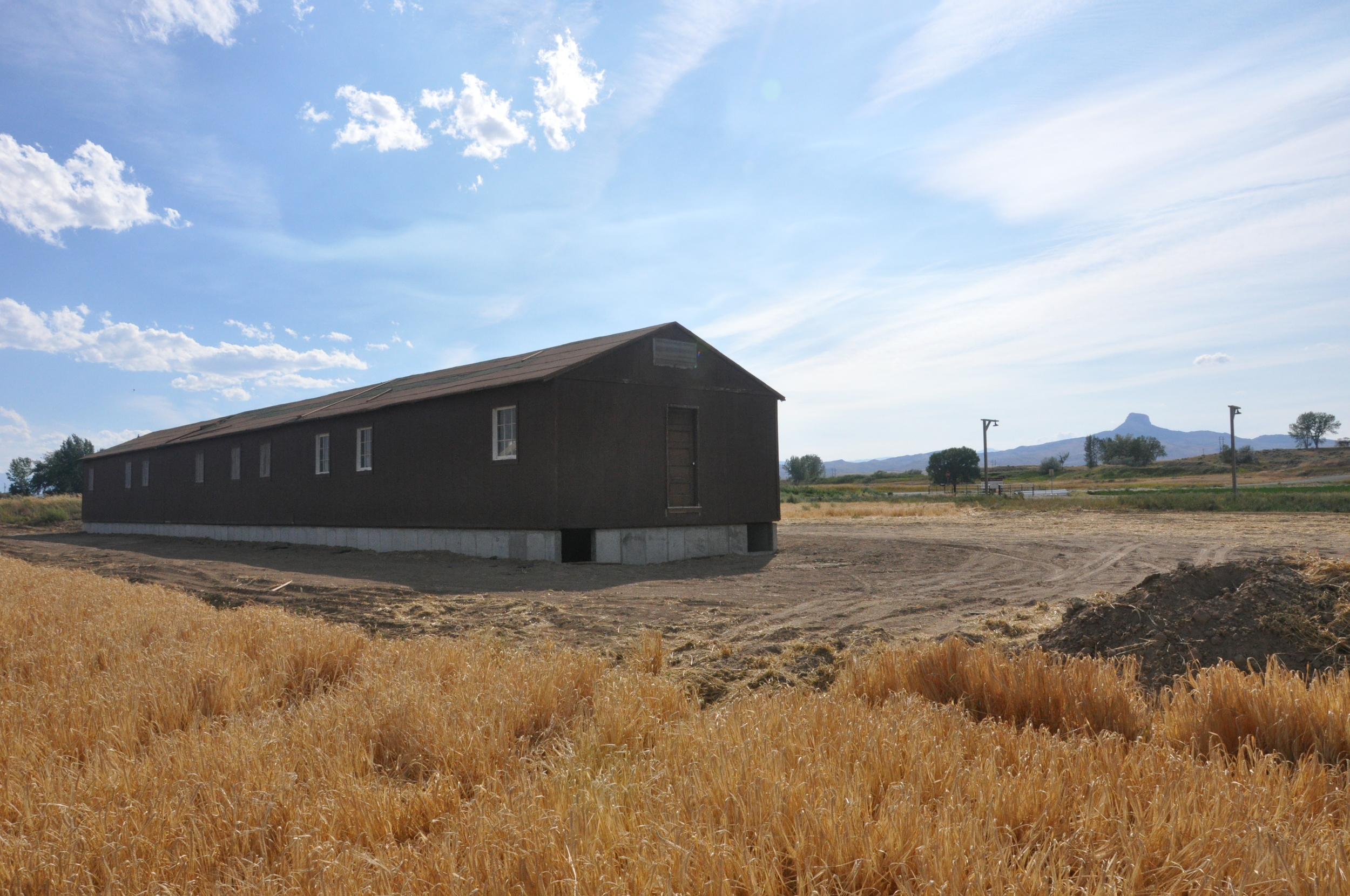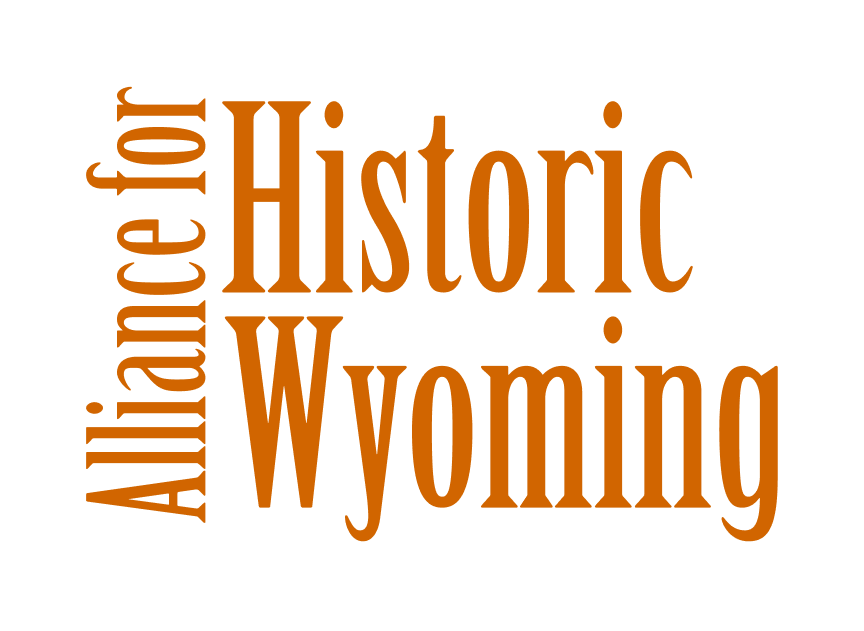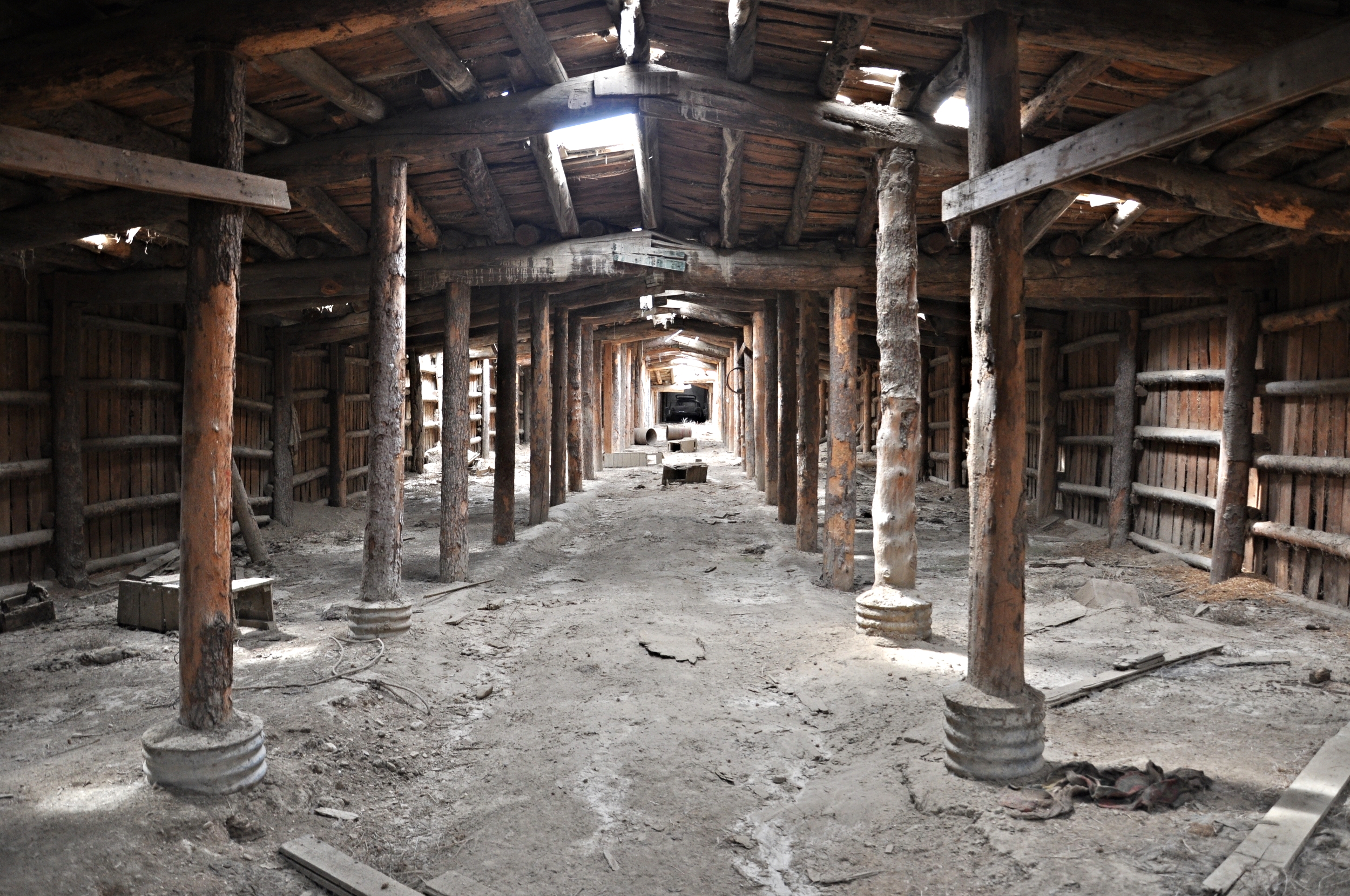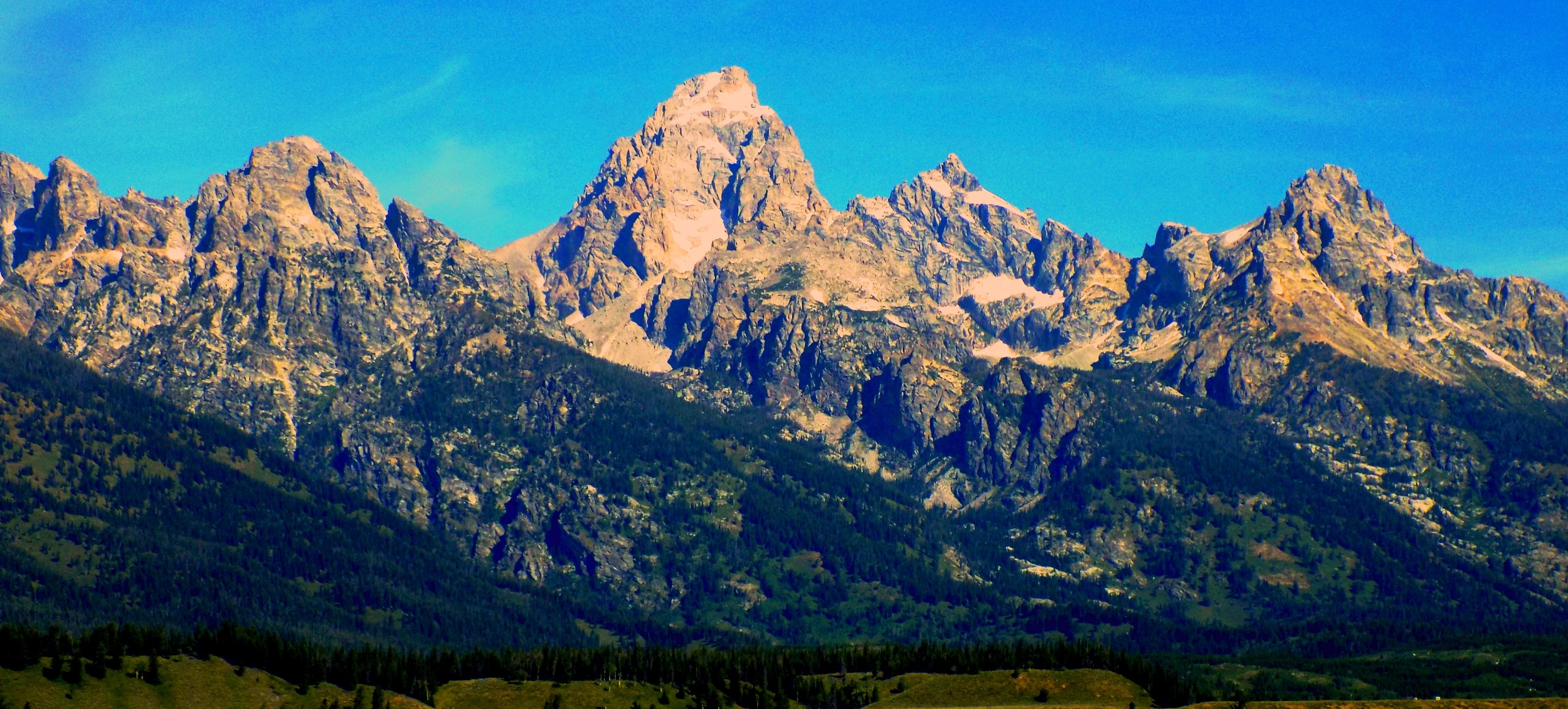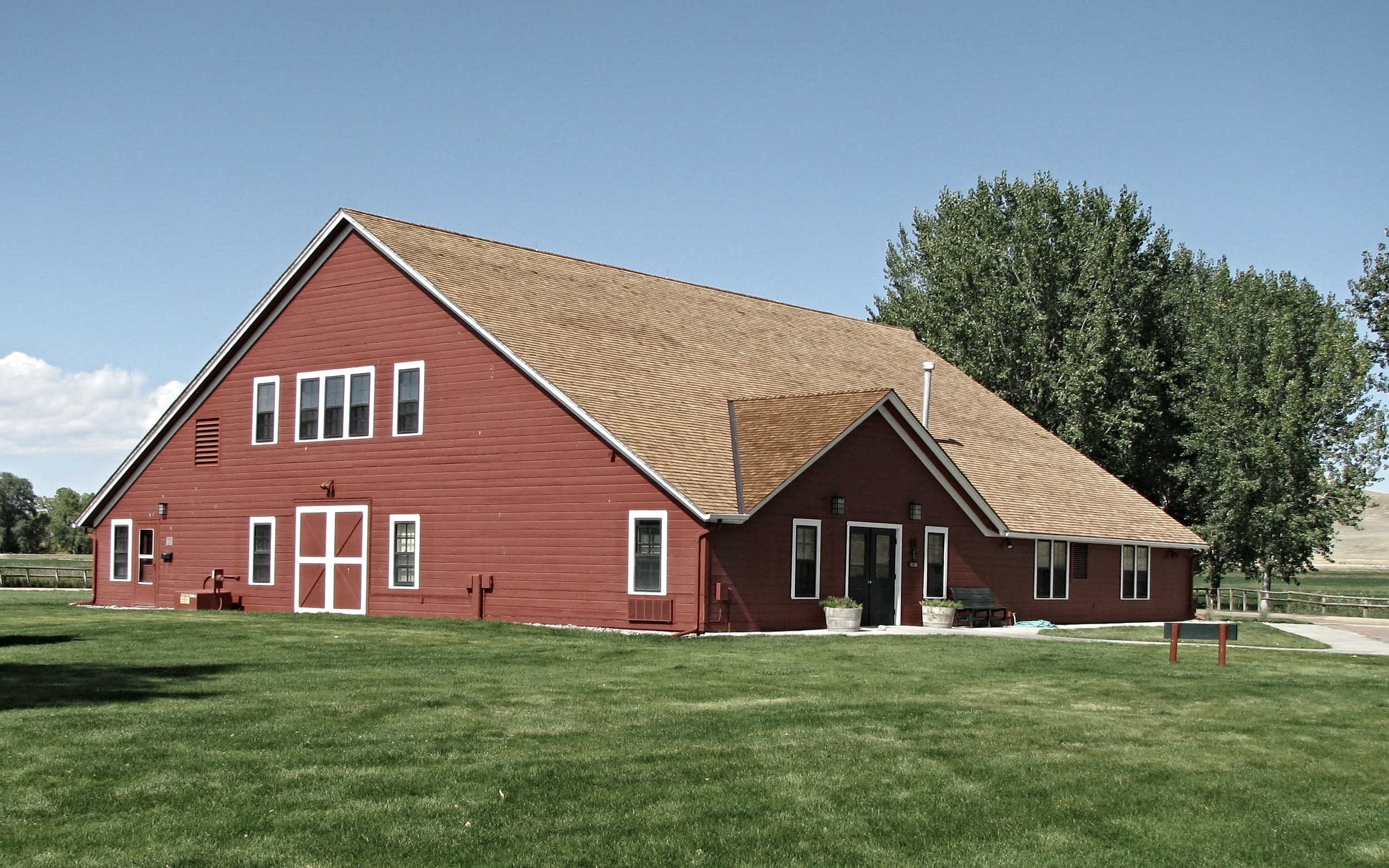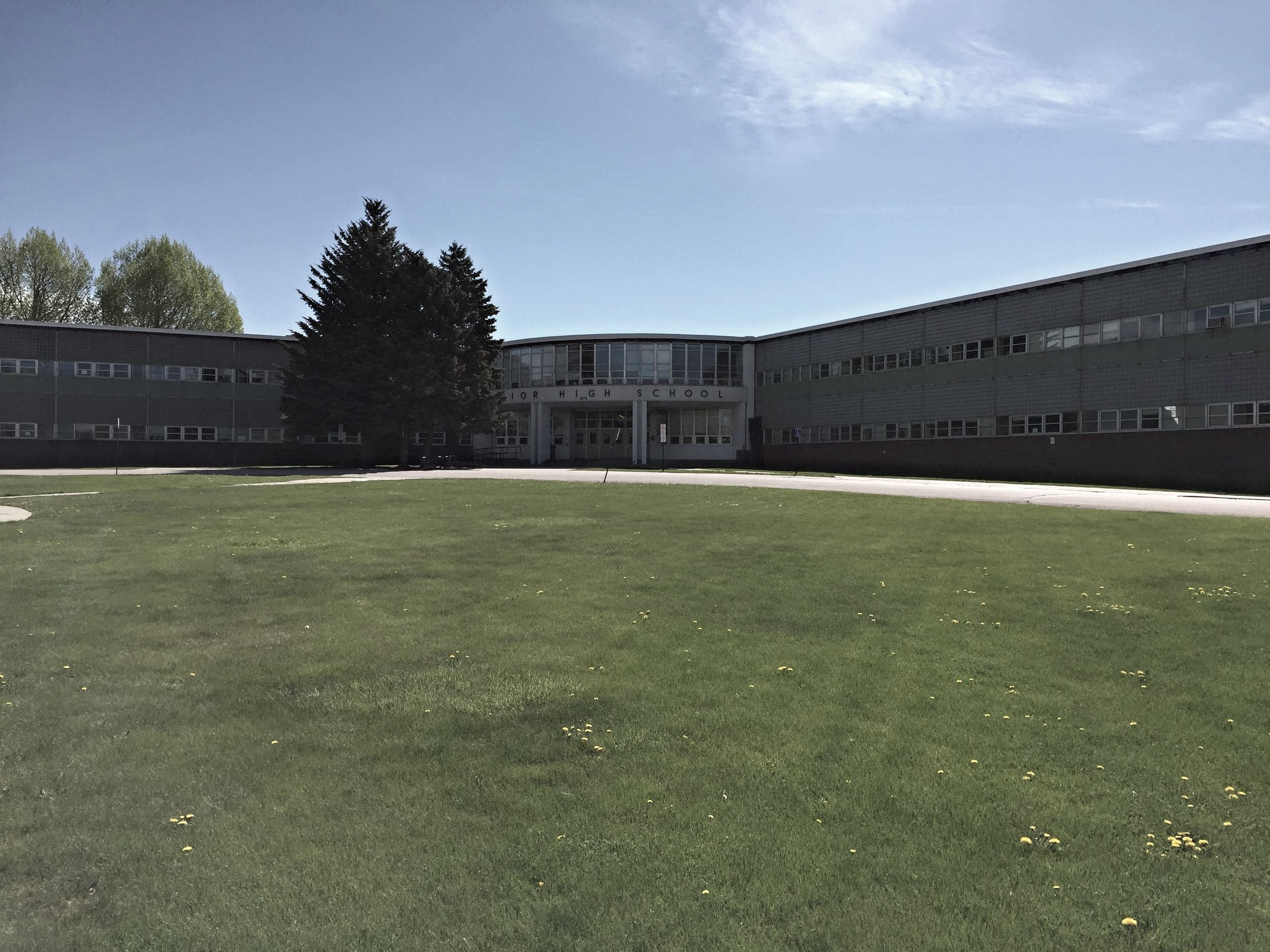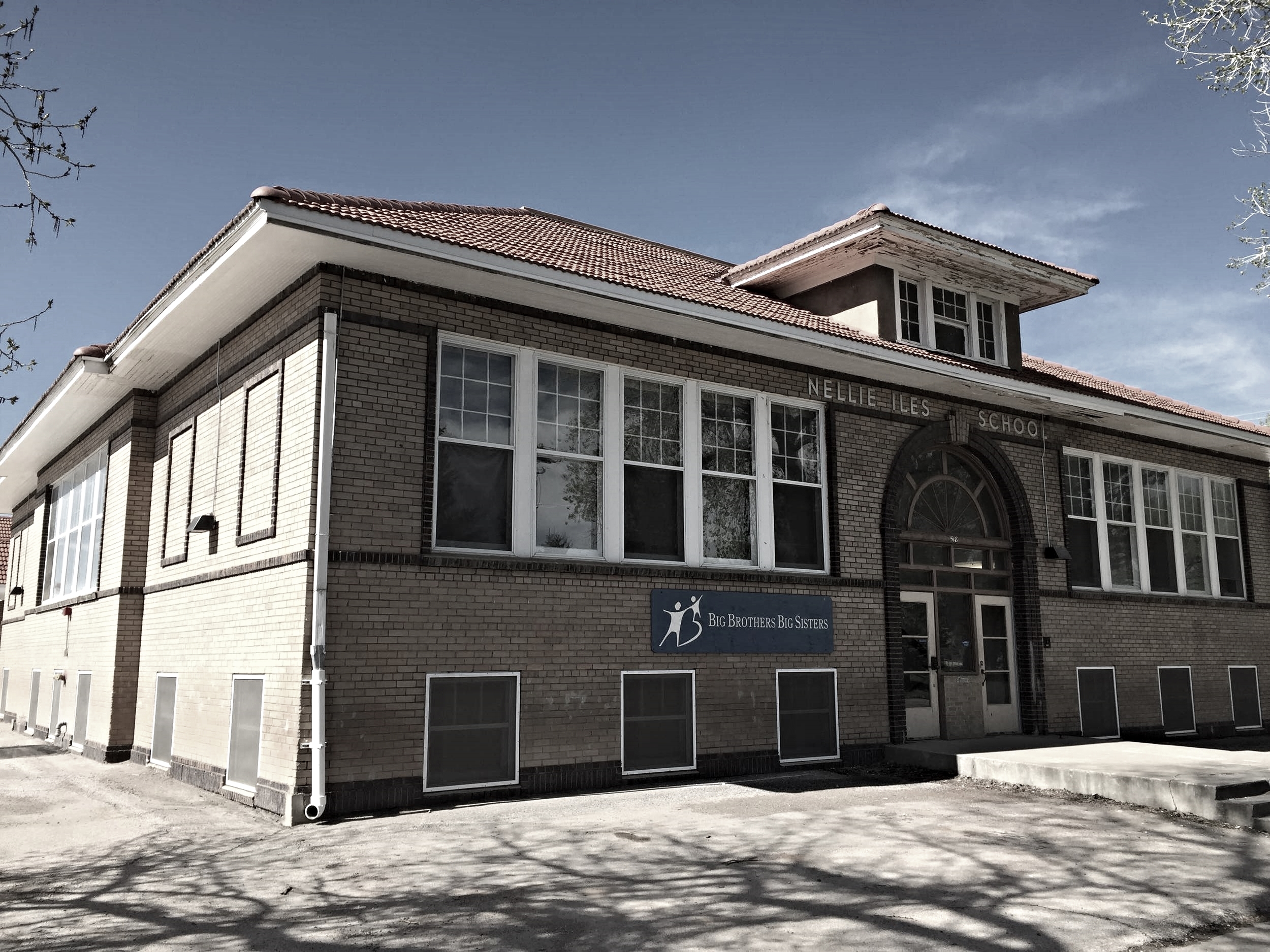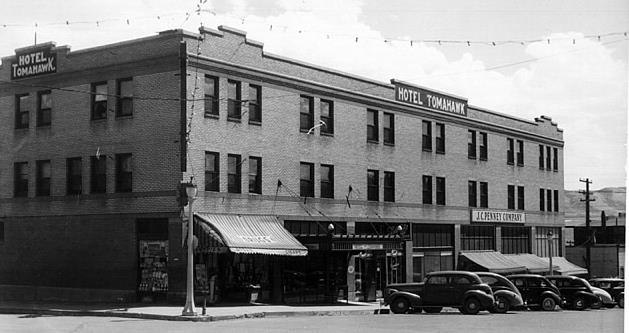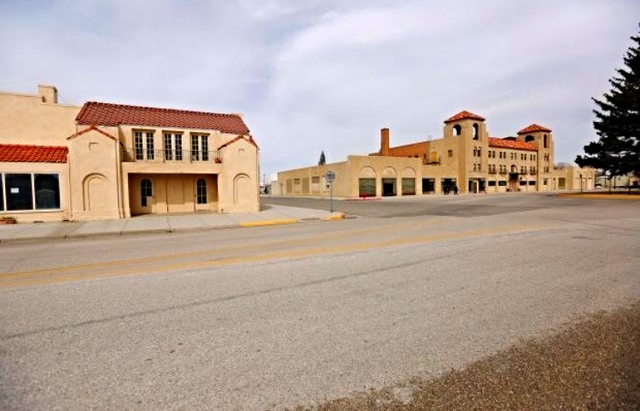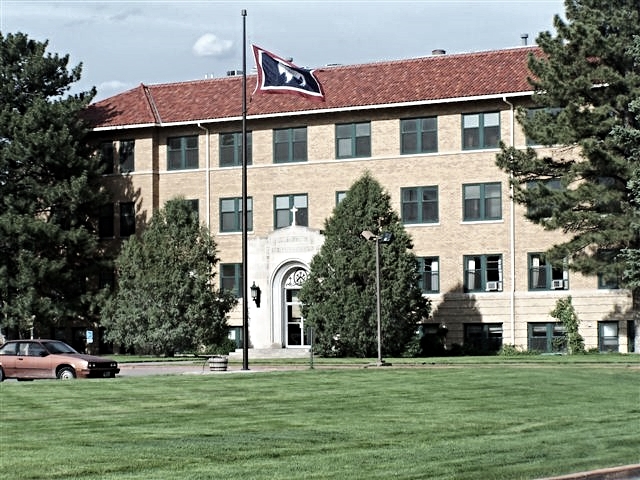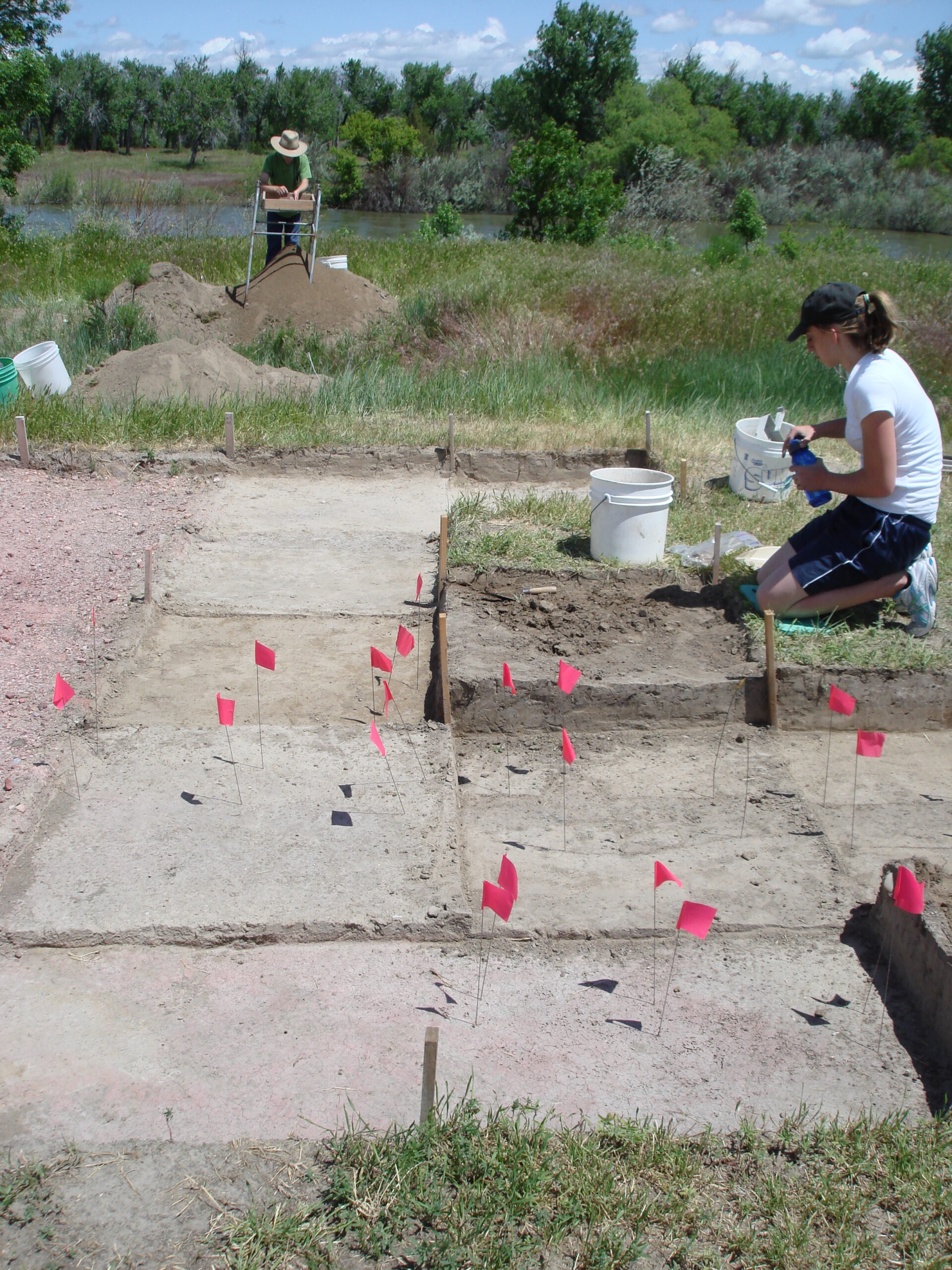Historic preservation is always an ongoing process – it is rarely finished, and is often a community effort. Preservation at Heart Mountain wouldn’t be possible without a community of volunteers and supporters who see the value in saving such a troubling place. Their hard work will keep Heart Mountain available for people of the next generation. Read Part III of our Heart Mountain profile to learn about long term preservation at the site and how to get involved.
